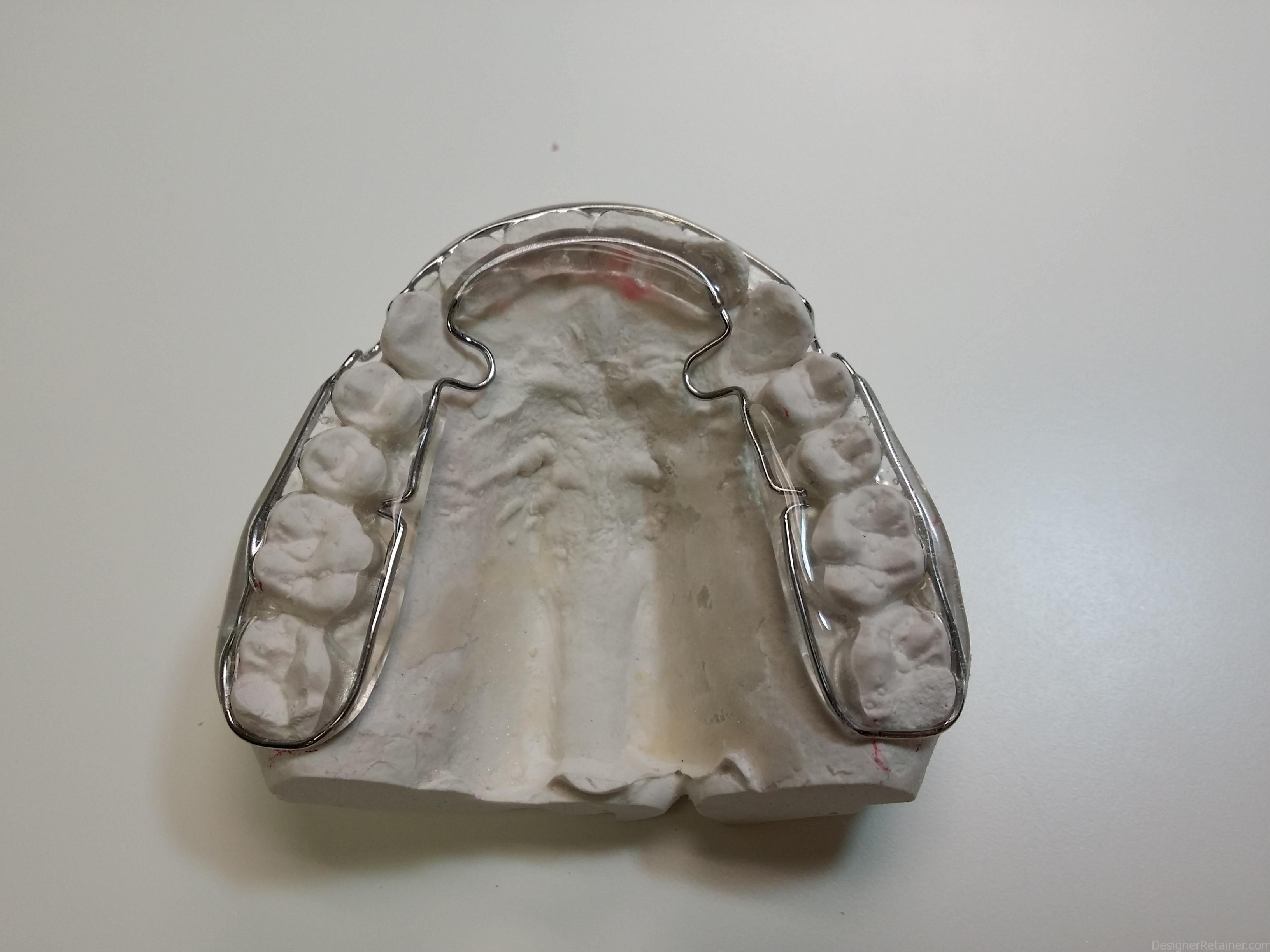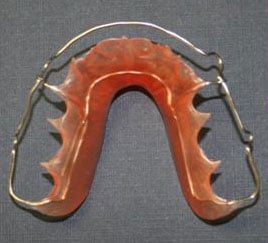
Make sure you follow all your orthodontist’s instructions to keep things clean and healthy. Some people find that they produce more saliva while wearing a Hawley retainer.Ī retainer that isn’t cleaned properly can grow colonies of bacteria, which is kind of gross to put in your mouth. Eventually, you’ll probably only need to wear it while you sleep, but if you’re eager for a wireless smile after your braces come off, you may find it a little disappointing to need to wear your retainer all the time.įeeling your retainer in your mouth will probably take a little getting used to, and you might speak slightly differently at first. This style of retainer is visible in your mouth because the metal wire sits in front of your teeth. Dogs love chewing on Hawley retainers, and at $150 to $300 for a retainer, that’s an expensive chew toy! Consīeing able to remove your retainer has downsides, too. You can clean your Hawley retainer with a toothbrush and toothpaste, or you can use a denture cleaner if you prefer.

The acrylic doesn’t stain or scratch easily so you’ll probably have the same retainer for years to come.īeing able to remove your retainer for eating and oral hygiene is nice, too. These types of retainers come in a wide variety of colors, including glittery hues, so those who like personalization can be as stylish as desired. Hawley retainers last for a long time if they’re properly cared for, and since they’re pretty durable, care isn’t difficult. Unlike bonded retainers, they can be removed, and it’s up to you to wear them according to your orthodontist’s instructions. They’re made of acrylic that’s molded to the inside of your mouth, and metal wires go around your teeth to hold them in place. Hawley retainers are probably what you picture when you think about retainers. You’ll need a floss threader to get a proper clean.Įven with a permanent retainer, your teeth may still shift a little bit because the wire is thin and flexible. Because they don’t come out, they can make oral hygiene a little tricky.įood particles can get caught in your retainer wire, and if you’re not diligent about brushing after meals, that may contribute to plaque buildup and gum disease.įlossing with a permanent retainer is sort of like flossing with braces. Permanent retainers stay in your mouth all the time, including while you eat, brush, and floss. There are no pieces to get in the way while you talk or chew, and most of the time, you won’t even notice them being there. Some people find permanent retainers more comfortable, too. Other people can’t usually tell you’re wearing a permanent retainer because it’s discretely glued to the inside of your teeth. It’s not going to get lost, and if it does happen to get damaged, it is cheap to replace. With a permanent retainer, you don’t have to think about wearing it. They’re bonded with the same cement that is used to put your brackets on. They are usually used on your bottom front teeth.

Permanent retainers are thin metal wires which are glued to the back of your teeth. In modern orthodontic treatment, there are 3 common types of retainers: permanent retainers, Hawley retainers, and clear plastic retainers. Your orthodontist will probably instruct you to sleep with your retainer for the rest of your life. After your treatment moves your teeth into new positions, it takes a while for those fibers to stabilize and adjust to their new spot.Įven after your periodontal ligaments are adjusted, though, teeth can move throughout your lifetime. Your teeth are held in place by a network of fibers called periodontal ligaments. Teeth aren’t just anchored in your jaw bones, which is a good thing because if they were, you wouldn’t be able to move them with orthodontic treatment. There are several types of retainers to choose from. Once your teeth have been moved into place, you need a retainer to keep them in place. The day you get your braces taken off is cause for celebration! You’re not done just yet, though.


 0 kommentar(er)
0 kommentar(er)
